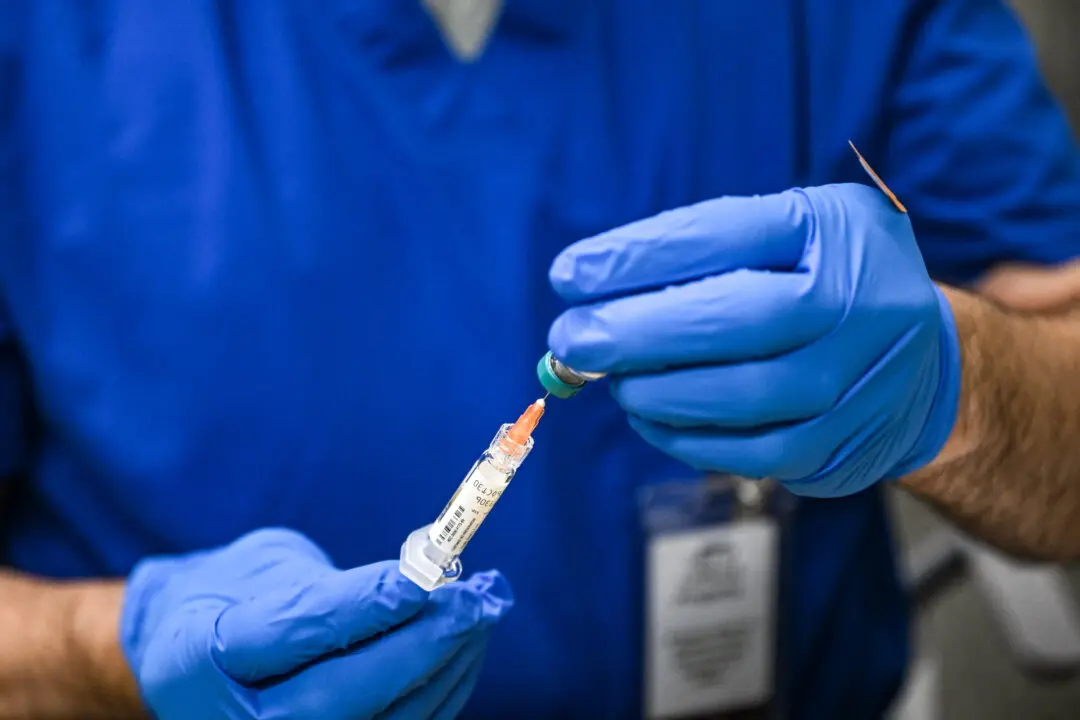Astronauts on Sept. 12 performed the first private spacewalk in history, exiting SpaceX’s Crew Dragon capsule as it orbited hundreds of miles above Earth.
Billionaire Jared Isaacman, 41, exited the depressurized capsule at about 6:52 a.m. Eastern time during the Polaris Dawn mission, which launched from Florida on Sept. 10. The walk was delayed for several hours for unexplained reasons.




